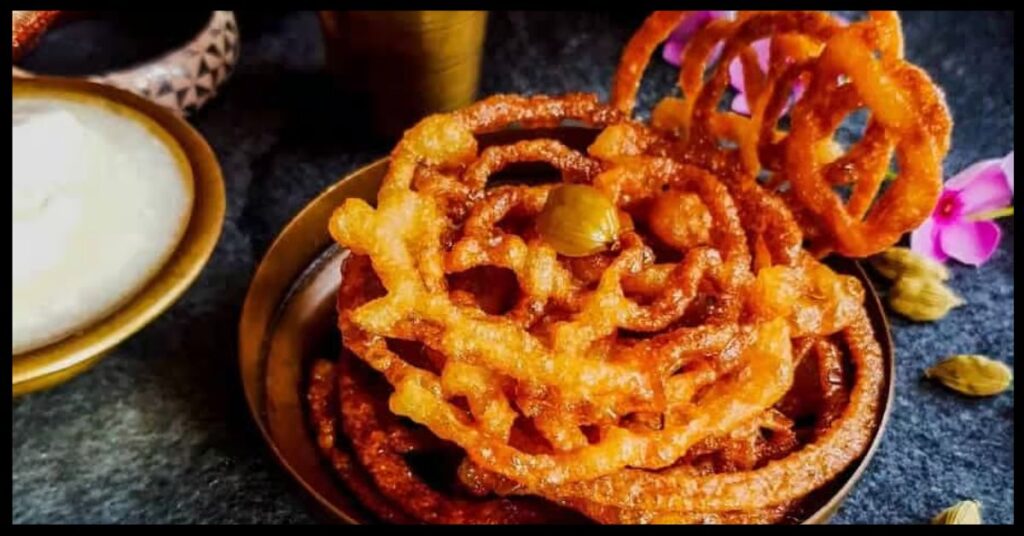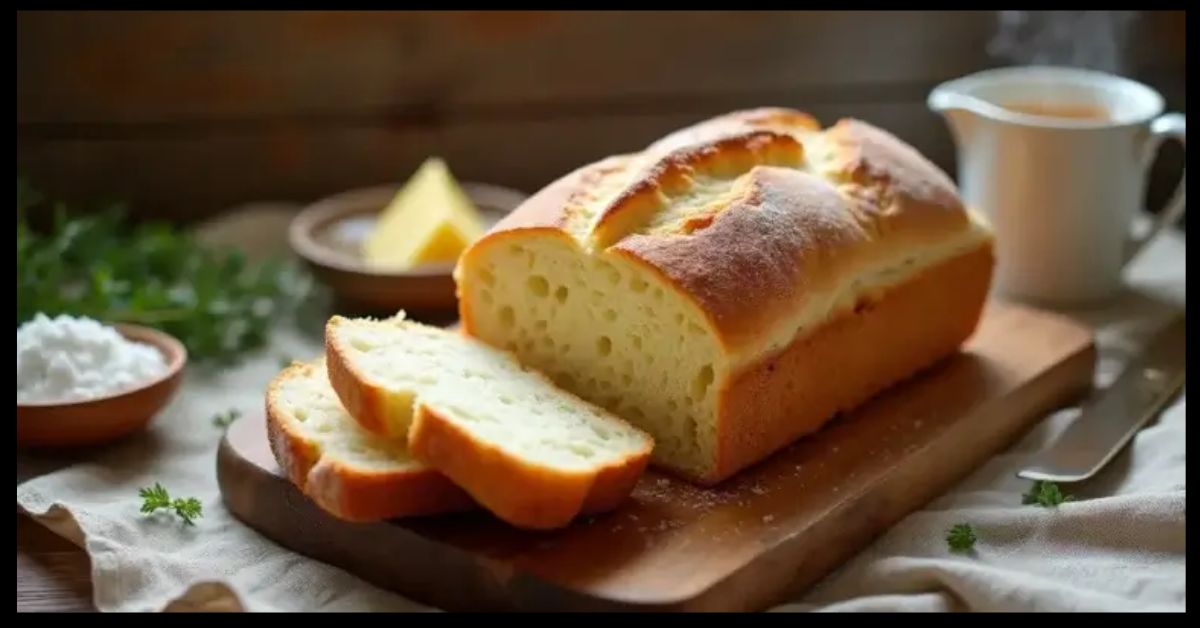In an increasingly connected culinary world, fusion dishes like Jhalbite are gaining popularity for their bold flavors and global appeal. Jhalbite World Food is a modern, street-style fusion recipe that combines spicy elements from South Asian cuisine with global ingredients and techniques. It’s fast, flavorful, and caters to food lovers who enjoy a mix of cultures on their plate.
Whether served as an appetizer, main course, or street snack, Jhalbite offers a vibrant explosion of taste, color, and texture, perfect for a general audience seeking something unique yet easy to prepare.
Table of Contents
ToggleWhat is Jhalbite?
The term Jhalbite is a combination of “jhal” (meaning spicy in Bengali and other Indian languages) and “bite,” referring to a small, enjoyable portion of food. Originating as a street-style innovation, it borrows from global fusion trends while keeping the spirit of South Asian spice and zest alive.
This dish typically includes crispy base ingredients like puffed rice or fried noodles, fresh vegetables, tangy sauces, and bold spice blends. It’s often customizable, making it suitable for vegetarian, vegan, or even non-vegetarian adaptations.
Ingredients for Jhalbite World Food
This Jhalbite recipe focuses on a vegetarian-friendly version that is adaptable and easy to assemble.
Dry Ingredients
- 2 cups puffed rice (murmura)
- 1 cup sev (Indian crunchy noodles)
- ½ cup roasted peanuts
- ½ tsp chaat masala
- ½ tsp paprika or Kashmiri red chili powder (for color)
Fresh Ingredients
- 1 small onion, finely chopped
- 1 small tomato, deseeded and finely chopped
- 1 small cucumber, finely chopped
- 1 small boiled potato, diced
- 2 green chilies, finely chopped (optional for extra heat)
- 2 tbsp coriander leaves, finely chopped
- Juice of ½ lime
Sauce & Fusion Additions
- 2 tbsp tamarind chutney
- 2 tbsp mint-coriander chutney
- 1 tbsp mayonnaise or sour cream (optional, for international flair)
- 1 tsp soy sauce or sriracha (to add a global twist)
- Salt to taste

Step-by-Step Recipe Instructions
Step 1: Prepare the Base
In a large mixing bowl, combine the puffed rice, sev, and roasted peanuts. Ensure they’re dry and crunchy for the best texture. This base forms the crispy foundation of your Jhalbite.
Step 2: Mix in the Fresh Elements
Add the finely chopped onion, tomato, cucumber, potato, green chilies, and coriander to the bowl. Gently toss to distribute evenly. These fresh elements balance the crunchiness with juiciness and flavor.
Step 3: Add the Sauces and Spices
Pour in the tamarind and mint-coriander chutneys, followed by optional additions like mayonnaise and soy sauce. Sprinkle chaat masala, red chili powder, and salt. Squeeze fresh lime juice to enhance tanginess.
Step 4: Toss and Serve Immediately
Mix all the ingredients thoroughly but gently, ensuring the puffed rice stays crisp. Serve immediately in small bowls or on lettuce leaves for an appealing presentation.
Why Jhalbite is a Global Food Favorite
1. Fusion at Its Best
Jhalbite is a culinary celebration that brings together the zest of Indian chaat, the street-style creativity of Southeast Asia, and global elements like soy sauce or sriracha for a unique blend.
2. Customizable for All Diets
The recipe can easily be adapted:
- Vegan: Skip mayo and use plant-based sauces.
- Gluten-Free: Use gluten-free puffed rice and sauces.
- Protein-Rich: Add paneer cubes, chickpeas, or grilled tofu.
3. No Cooking Required
One of the standout features of Jhalbite is its no-cook approach. It’s ideal for quick snacks, picnics, or appetizers without the need for heating or long prep times.
Nutritional Value (Per Serving – Approximate)
According to the estimated nutritional content per serving of vegetarian Jhalbite is:
- Calories: 180–220 kcal
- Carbohydrates: 25–30 g
- Protein: 5–6 g
- Fat: 8–10 g
- Fiber: 2–3 g
- Sodium: Depends on sauces used
This makes it a moderately healthy snack when eaten in controlled portions and using low-sodium ingredients.
Tips for the Best Jhalbite Experience
- Assemble Just Before Serving: The puffed rice gets soggy if left mixed too long.
- Use Cold Ingredients: Especially useful for outdoor events or summer servings.
- Add Crunch: Consider crushed nachos, tortilla chips, or rice crackers for a global twist.
- Presentation Tip: Serve in paper cones, mason jars, or lettuce wraps for a fun visual appeal.
Variations of Jhalbite Around the World
Global food lovers have taken the core concept of Jhalbite and adapted it in different ways:
Thai-Inspired Jhalbite
- Add shredded carrots, crushed peanuts, and a drizzle of peanut sauce.
Mediterranean Jhalbite
- Use feta cheese, olives, and tzatziki in place of chutneys.
Mexican Jhalbite
- Swap puffed rice with tortilla chips and add avocado, beans, and pico de gallo.
These adaptations make Jhalbite a versatile dish suited for international fusion menus and multicultural events.
Health Considerations
While Jhalbite is largely healthy, here are a few precautions:
- Sodium Content: Monitor salt and sauce quantities to avoid excessive sodium.
- Allergen Awareness: Peanuts, mayonnaise, or soy sauce can trigger allergies; always check with guests if serving publicly.
- Hygiene: Since it’s a no-cook dish, ensure all fresh ingredients are washed and prepped hygienically.
Conclusion
Jhalbite World Food is more than just a snack—it’s a testament to how diverse culinary traditions can merge to create something innovative and universally enjoyable. With its bold flavors, easy preparation, and adaptability, Jhalbite is a perfect addition to modern kitchens looking for a spicy, crunchy, and exciting bite.
Whether enjoyed at home, sold at food stalls, or served at fusion food events, Jhalbite is proof that world cuisine is best experienced when borders blur, and flavors collide.







